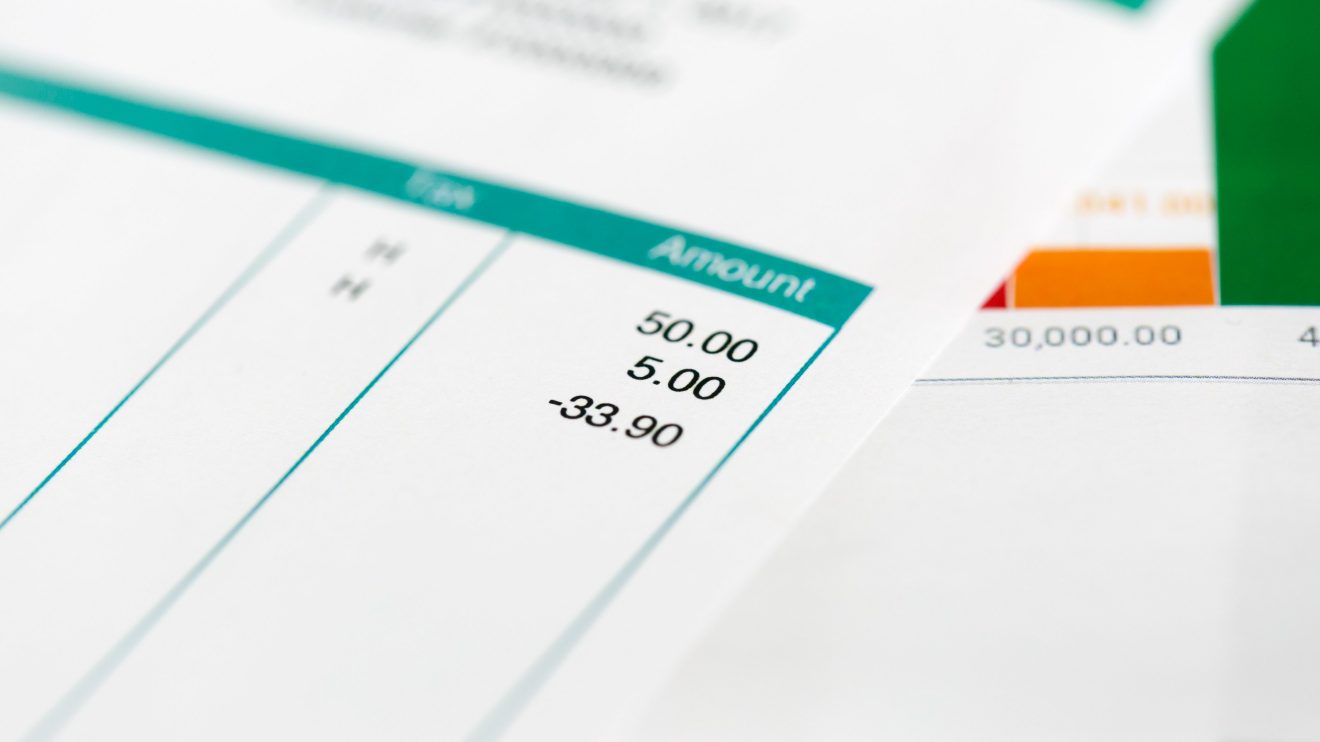Solopreneurs are no strangers to cash-flow crunches and the repercussions can be serious. Insufficient cash-flow can cause you to delay payment of your rent or mortgage and make you wait to get your car fixed. You might be late paying credit card balances and that will eventually depress your credit score. A low credit score has the potential to limit your access to business investment money and force you to pay higher interest rates for the money you’re able to borrow.
Cash-flow problems could be the unfortunate result of a slow-paying or, worse, a non-paying client. Accountants estimate that 5 percent to 10 percent of professional services providers’ receivables will be uncollectible in a given year. However, the client is not always at fault. As quiet as its kept, solopreneurs can be our own worst enemy in this matter because we fail to invoice clients in a timely fashion.
But doing invoices can be such a drag. Consulting specialists prefer to focus on client work, both performing it and networking to bring more of it in, because billable hours rule. Then there’s content marketing activity and social media updates to publish. Our additional revenue streams, perhaps teaching, will claim another chunk of time and energy. Making oneself write up outstanding invoices takes a certain discipline, which can waver when there are many items on the to-do list.
As I prepared a two-page invoice recently, I thought about what might be done to simplify the process and encourage prompt payment. Here’s what I recommend:
Collect in advance
When the assignment is calculated as a total project fee, collect 20 percent to 35 percent of that amount, or an estimate of the first month’s billable hours, in advance. Unless you’ve worked with the client before, do not commence project work until the upfront payment has been received. While discussing the amount of the deposit, negotiate an invoicing schedule for the balance and honor it.
Create an invoice template
A DIY digital invoice can be created as a Word document. At the top center of the page, type “Invoice.” Below that at the top left, type in your name and/or the business name as the vendor, your tax I.D. and contact info. This will become the permanent part of your template. When you write up an invoice, you need only copy the template and then add the client’s name and contact info, the project name and date, the number of billable hours worked, the hourly rate and the amount due. Convert the document to a PDF and presto! you’ll have an invoice to send. When you use the template for retainer or project fee payments, customize the invoice for those agreements and proceed as above.
On all invoices, indicate how the check should be made out (your name or DBA) and indicate that the invoice is due immediately (although it is accepted practice to pay invoices within 30 days).
Retainer fee
If you are brought in to work a standard number of hours per month for a particular client, or if you’re asked to perform predictable functions as needed throughout the year and you can reasonably estimate how often you’ll be invited to perform those services, as well as your cost to provide them, you can calculate invoice amounts in advance and determine a retainer fee. If this is the case, then suggest a retainer arrangement at the next contract signing and guarantee your cash-flow.
BTW, it is not unusual to invite a client to pay the years (or quarter’s) retainer fee in advance. Offer an attractive incentive for yearly or quarterly advance payments, like a 10 percent to 20 percent discount or service add-ons.
Invoice on time
Whatever the agreed-upon payment schedule, be sure to follow it (not more than one week late). When you honor the invoicing schedule, you communicate to clients that getting paid within 30 days, if not sooner, is what you expect and deserve. Timely invoicing also benefits your clients, who will be able to better manage their company’s accounts payable and cash-flow. If you bring in more lucrative assignments, investigate the process of accepting credit card payments. You’ll be paid faster, but a small processing fee will be deducted.
The invoice as marketing collateral
In our hyper-competitive business environment, it is imperative to project professionalism in every interaction with clients, from the first meeting, to the delivery and performance of products and services, through to the completion of the cycle.
With that in mind, I recently upgraded my invoice from an unadorned Word document to one that aligns with my marketing collaterals and communicates my brand. You can do the same. Search online for a free or low-cost invoice template that will be appropriate for the products or services that you provide. You might also visit photocopy stores that design print and digital business forms and see what can be customized for you. Infographic invoice templates are also available online, either free or at modest cost. Finally, numerous invoicing services will, for a fee, customize an invoice and send as you direct.
Thanks for reading,
Kim






Add Comment